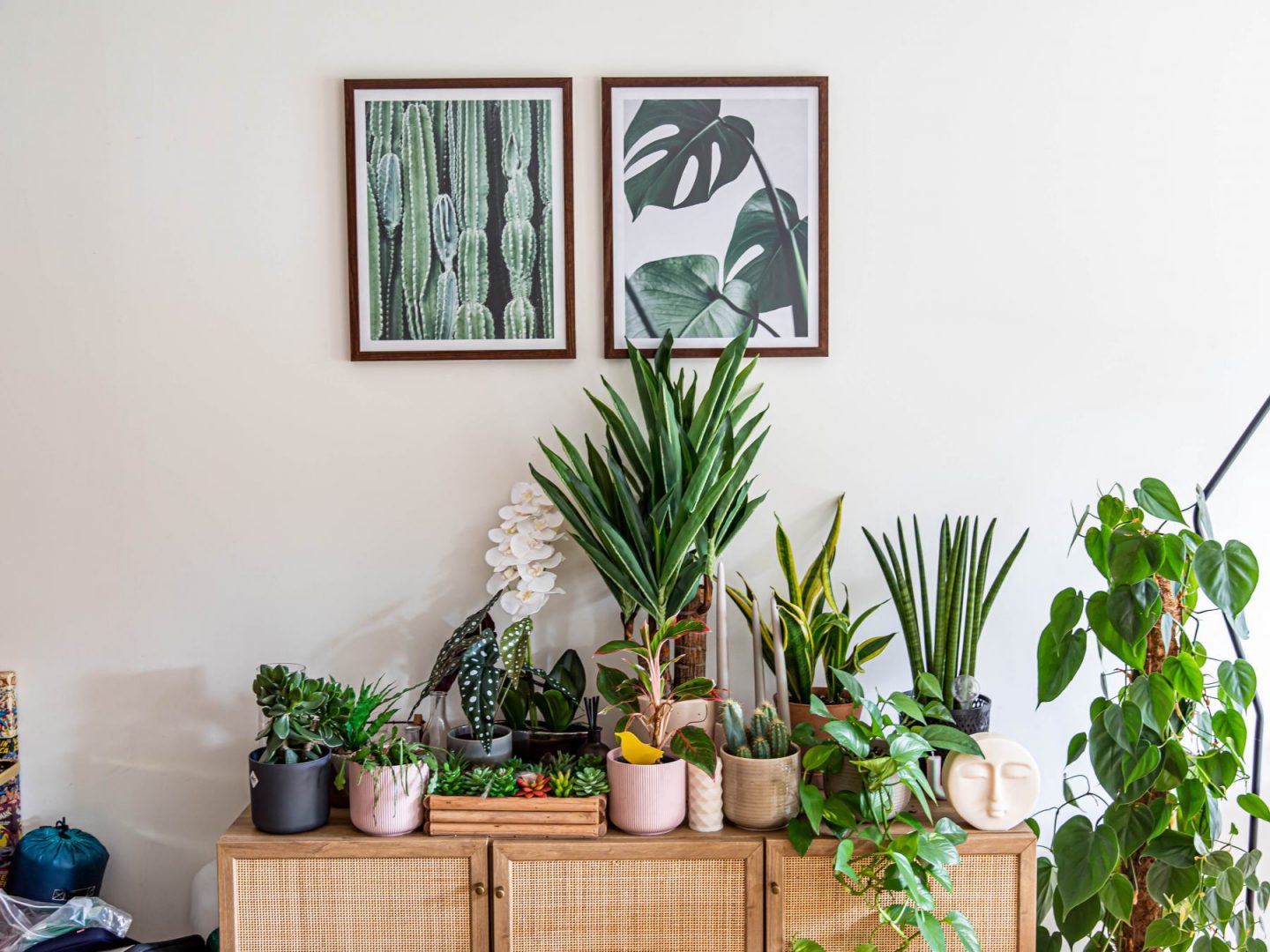
My obsession with plants began in 2018 when I decided to buy a Zanzibar Gem plant (which I still have to this day) to compliment my all-white and beige bedroom aesthetic at the time (SUCH an Influencer – I know, I know). Realising how cool it looked and seeing how fast it was growing, I added a fern. Then a Monstera. Then a Palm. Fast forward four years and two home moves, I’m now the Mother of thirty-six healthy, thriving houseplants and on track to probably buy more at this point. There’s something about tending to and watching something you look after grow that’s so rewarding. Like a child almost, but wayyyyy cheaper. 😉
On my plant care page, I get loads of questions asking about the best plants to get if you’re a beginner plant parent so I thought I’d share some of my suggestions here. These houseplants are easy to grow and can -for the most part – survive some erratic watering, low light or different temperatures. Now note that this isn’t a suggestion for you to go CRAZY and neglect your plant (although some plants actually thrive on it, more on that later), you’re still going to have to develop some kind of routine with regards to watering at least. All will be explained below.
As with all plants, make sure you get some fertiliser, and fertilise during spring/summer ONLY, as that is the active growing period for plants.
So without further ado, let’s get into it!
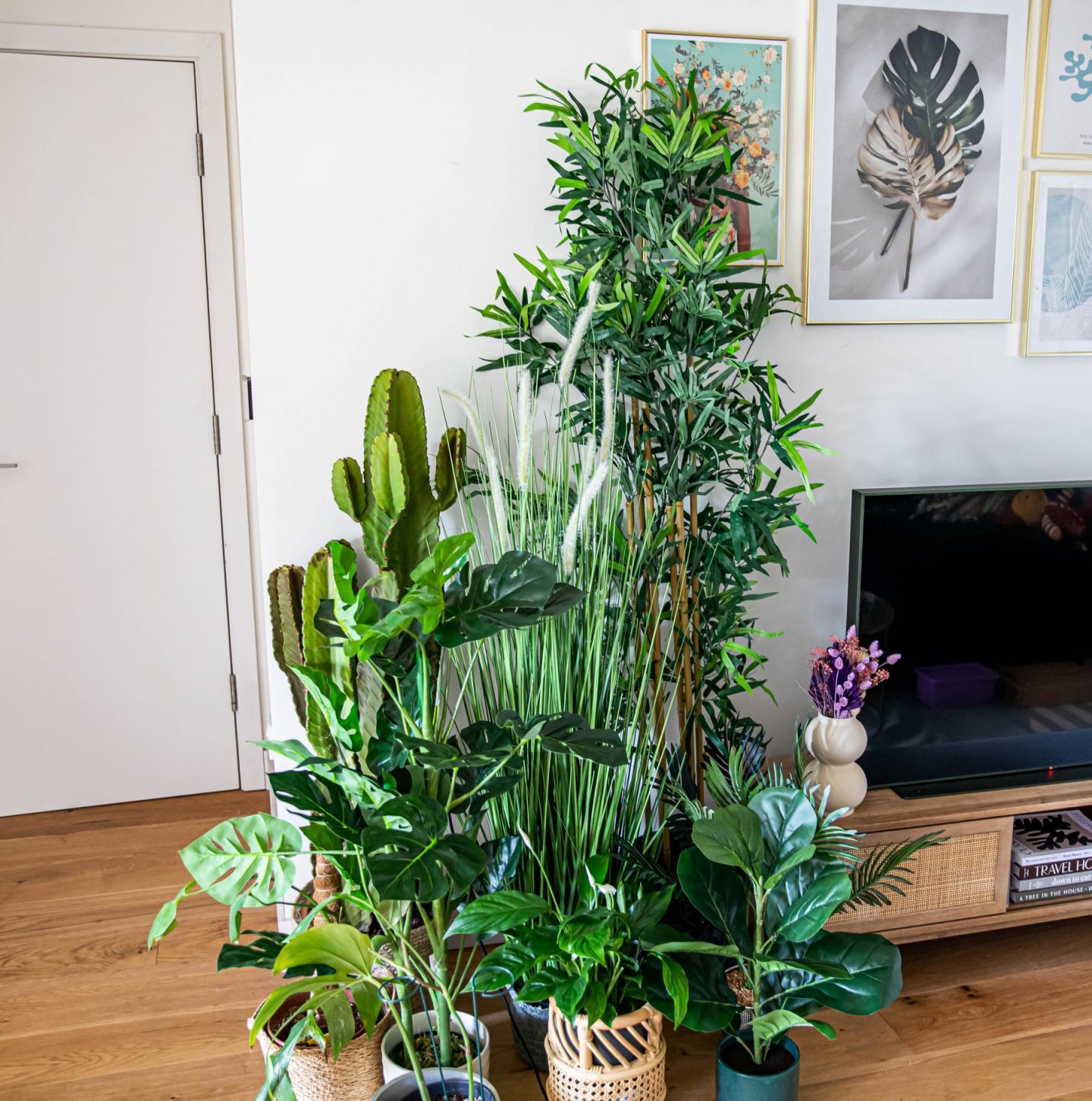
Pothos
There are many types of Pothos plants to get. You can get the Jade Pothos (seen above), the Golden Pothos, the Neon Pothos, the Trebi Pothos etc etc. Not only are these hanging plants incredibly attractive and add to any aesthetic, but they are also resilient AF and can thrive in almost any condition. Pothos plants grow incredibly quickly, and you can also propagate them in water too, with quick results.
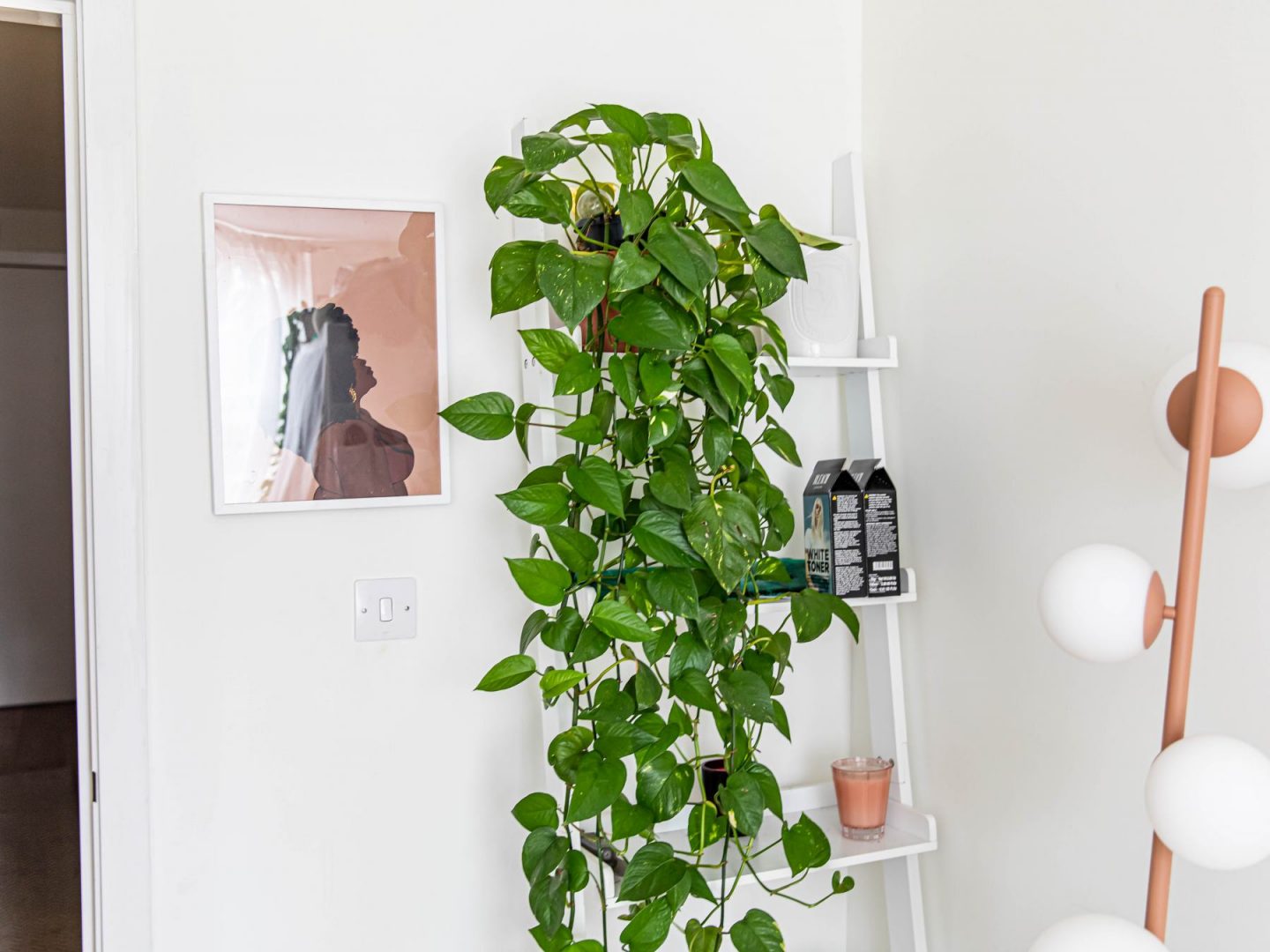
Sunlight: Pothos thrive the best in bright, indirect light, but they can also tolerate medium and some low lighting too. They do NOT like intense, direct light, for this will lead to their leaves burning.
Watering: They can be watered once every 1-2 weeks, but allow the soil to dry out thoroughly between waterings. Here’s a tip: If it’s in a high-lit area, more watering. If it’s in a shady area, water less.
Humidity: They are tropical plants, so they LOVE humidity. They can tolerate dry air, but if you’re wanting your Pothos to TRULY live its best life, humidity between 50-70% would be perfect. You can do this by just getting a mister and spraying the plant thoroughly a couple of times a week, adding pebbles on top of the soil to create humidity, or if you’re really about #DATPLANTLIFE, buy a humidifier.
Can they be propagated?: Yes. Very easily.
Safe for pets?: They are toxic to cats and dogs I’m afraid!
Spider Plant
The variegated spider plants are the most common spider plants to get, and they grow incredibly well either potted or hanging. Their stems overhang, which can look really nice in a hanging basket and over time, the plant creates loads of little pups, meaning you’ll have plenty of new growth budlings waiting to be potted! Spider plants can withstand a LOT, making them perfect for first-timers.
Sunlight: They prefer moderate, indirect sunlight. Nothing too sunny otherwise you’ll risk burning the leaves.
Watering: They don’t like to be too moist or too wet, so I would say perhaps twice a month. Allow for the top two inches of soil to dry before rewatering.
Humidity: Similar to the Pothos, this tropical plant loves humidity, so a little misting once a week should do the trick.
Can they be propagated: Yes!
Safe for pets: Yes. A spider plant is non-toxic.
Snake Plant
Snake Plants are the real MVPs. They literally THRIVE on NEGLECT. They are so durable in fact, that I tend to judge anyone who has ever been able to kill one of these bad boys. They are also known within the plant community to be one of the rare few ‘unkillable’ plants based on how easy they are to look after. Snake plants are strong, independent women who don’t need no help!
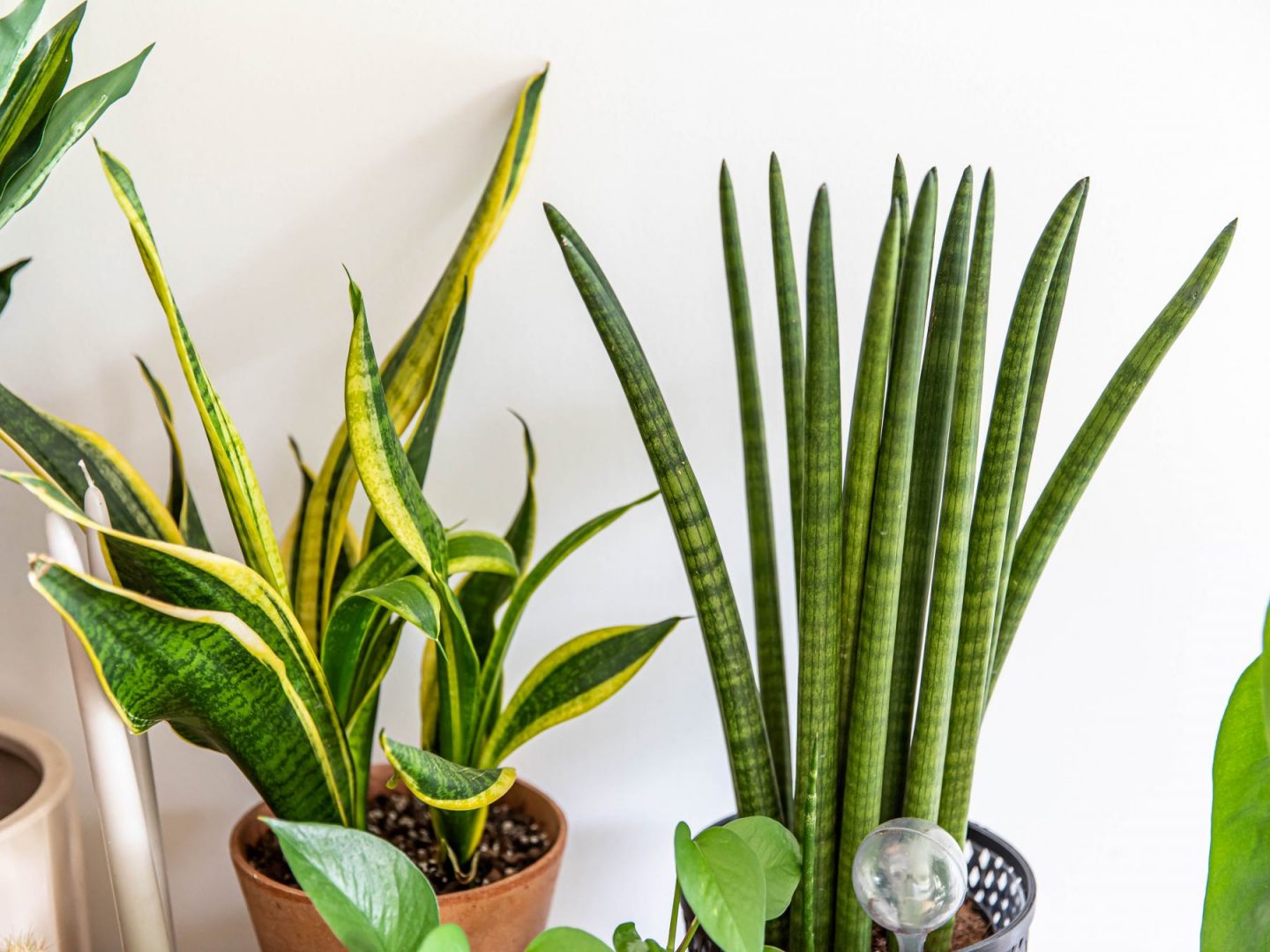
Sunlight: A shady Queen! Medium light! Indirect bright light! Bright, direct light! It doesn’t care! It’ll take it all.
Watering: You only need to water snake plants twice a month, and you must wait for the soil to dry out completely before watering again. Snake Plants could be considered succulents, meaning they store all the water that they live off, in their stems for long periods of time.
Humidity: Again, they are easy. They prefer drier environments, but one thing I’ll say is, do not mist this plant. You can use water and a cloth to wipe/clean the leaves, but that’s about it.
Can they be propagated: Into soil, yes! Water? It’s touch and go.
Safe for pets: Nope, to both pets AND children. Keep away from both!
Moon Cactus
Moon Cacti are really cute and last a heck of a long time. Did you know that this plant is actually genetically modified? They are actually two plants in one, with the colourful top being added onto the green plant underneath it. They are extremely low-maintenance plants that can add a burst of colour to any window sill or shelf!
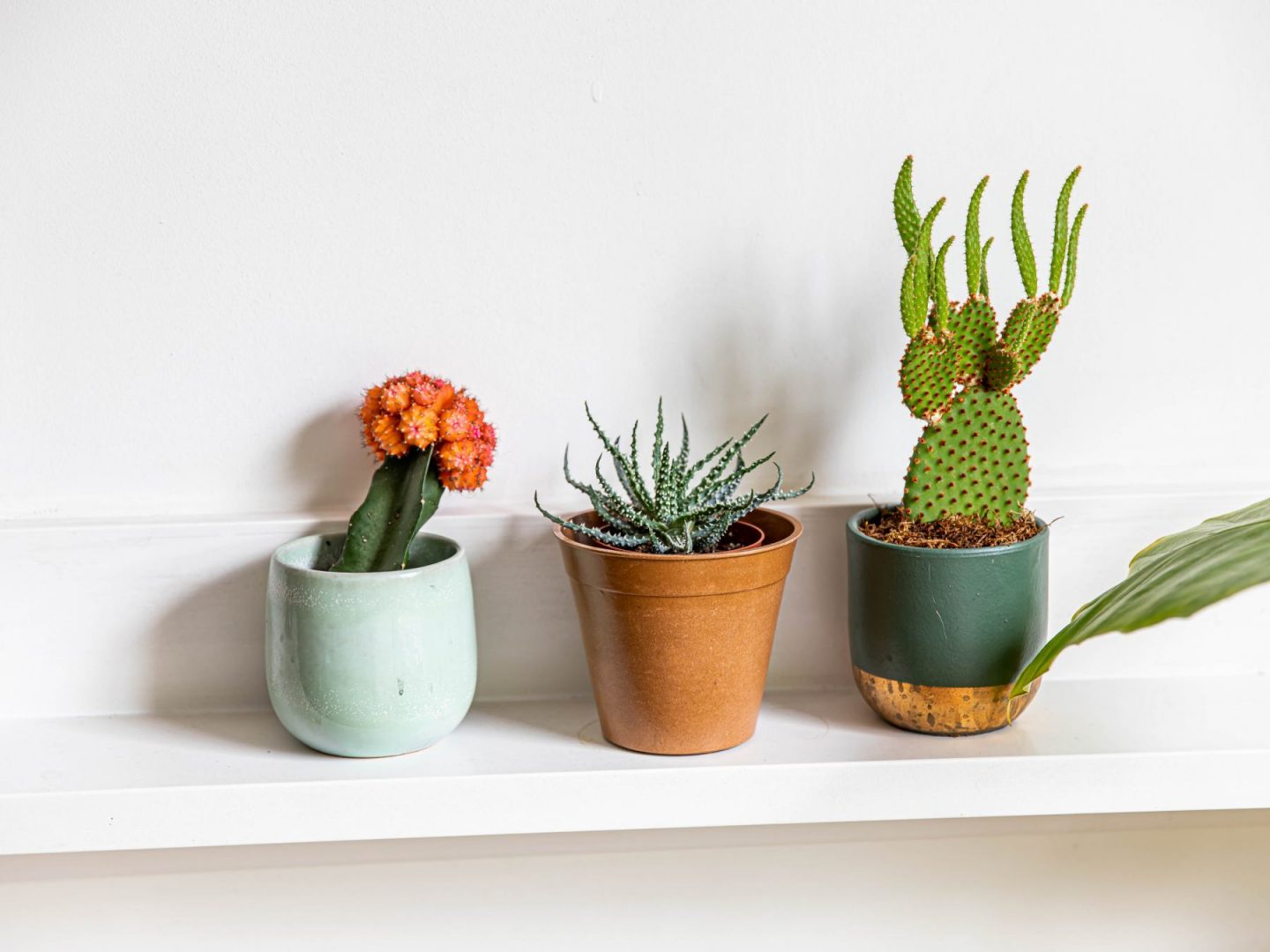
Sunlight: Bright and indirect sunlight is always best.
Watering: Minimal. only really water if you find that the soil is dusty and super duper dry. I water mine once every 6-8 weeks and when I do water it, I don’t use a lot of water at all.
Humidity: They like humidity, and can be misted once a week to once every two weeks, just to keep the coloured knob (for lack of a better word) vibrant.
Can they be propagated: It can take a while with the needles and all, but yes it can be done! In soil only though.
Safe for pets: Nope. The needles are sharp! This goes for all Cacti btw. Don’t keep near pets or kids.
Aloe Vera
Aloe Vera is one of my favourite plants because of its extensive medicinal purposes. You got a burn? Aloe Vera gel will help it! Dry skin? Aloe Vera! Face mask? Aloe Vera! It’s the plant that keeps on giving, asking for minimal care in return. A hard worker. An advocate, even. Put some respect on its name!
Sunlight: Their leaves grow towards the sun, which is always cool to see. They are sun-lovers, so put them in some bright, indirect sunlight.
Watering: Water them every two to three weeks, however when you do water them, water them DEEPLY and thoroughly. You want the soil to be WET. In Winter, water every four to eight weeks.
Humidity: They don’t like high humidity, so no misting for this one unless you’re cleaning its leaves!
Can they be propagated: The pups can be propagated in soil.
Safe for pets: Yes
Cast Iron Plant
As the name suggests, this plant is as strong as iron and can withstand a LOT of things. I used to have one of these (unfortunately, it suffered heavily during my apartment move!) and would put it in a bathroom with no window. Miraculously it survived with no problems.
Sunlight: This soldier – like me – loves shade.
Watering: They like a thorough soaking, but infrequently as it can easily get root-rot from overwatering. Every three weeks should do it. You’ll know it’s ripe for watering by sticking your finger in the soil and seeing whether it’s dry or not.
Humidity: They like moderate humidity. They aren’t fussy.
Can they be propagated: Nope.
Safe for pets: Nope
Monstera Deliciosa Plant
I add ‘Deliciosa’ as there are many different types of Monstera plants, but Deliciosa’s are THEE most popular due to how aesthetically beautiful they are. They come in a variety of sizes, and at the outset, CAN sometimes be tricky to look after but once you establish a casual routine with your Monstera, it’ll give you so much back.
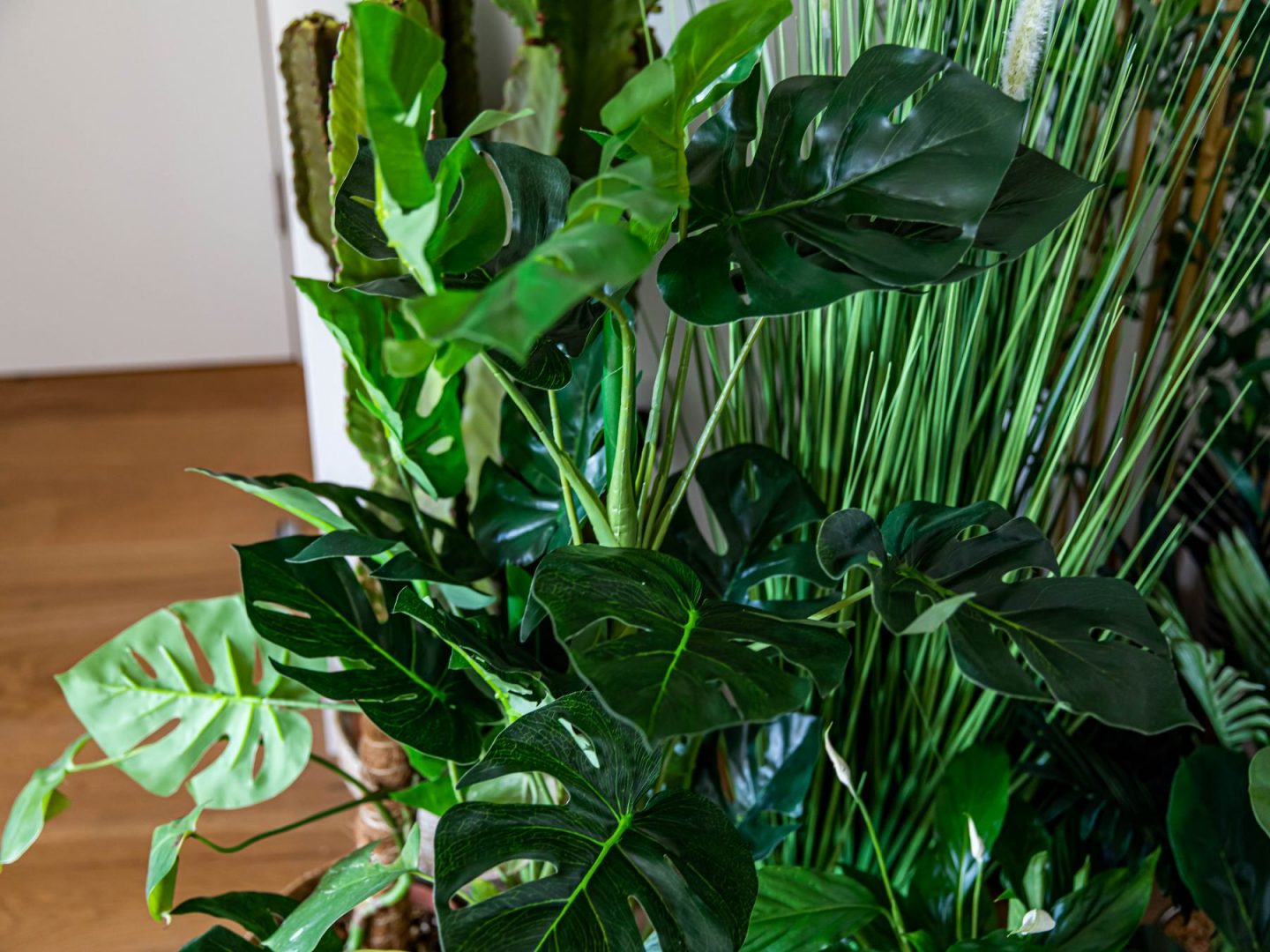
Sunlight: They like bright, indirect light. Turn your Monstera occasionally so all sides are getting a blast of sun. This will ensure that the plant grows evenly.
Watering: Monsteras have aerial roots so they are quite sensitive to watering. The main cause of Monstera death is overwatering so you really have to gauge its needs when watering. They like lightly moist soil and prefer to dry out a little before being watered again. Curling leaves means your plant is due for a drink.
Humidity: As a tropical plant, they love humidity, so misting regularly is a huge plus.
Can they be propagated: Beautifully, in water and soil.
Safe for pets: Nope! They are toxic, unfortunately.
Peace Lily
Whilst known for being dramatic due to how aggressively they throw a fit when they aren’t watered on time, peace lilies are remarkably easy to look after due to THAT very reason. Lilies are the Leos of the plant world, and command attention with their beautiful leaves and flowers. They love to let us know when they need attention, and because they are so expressive, they are pretty easy to keep an eye on.
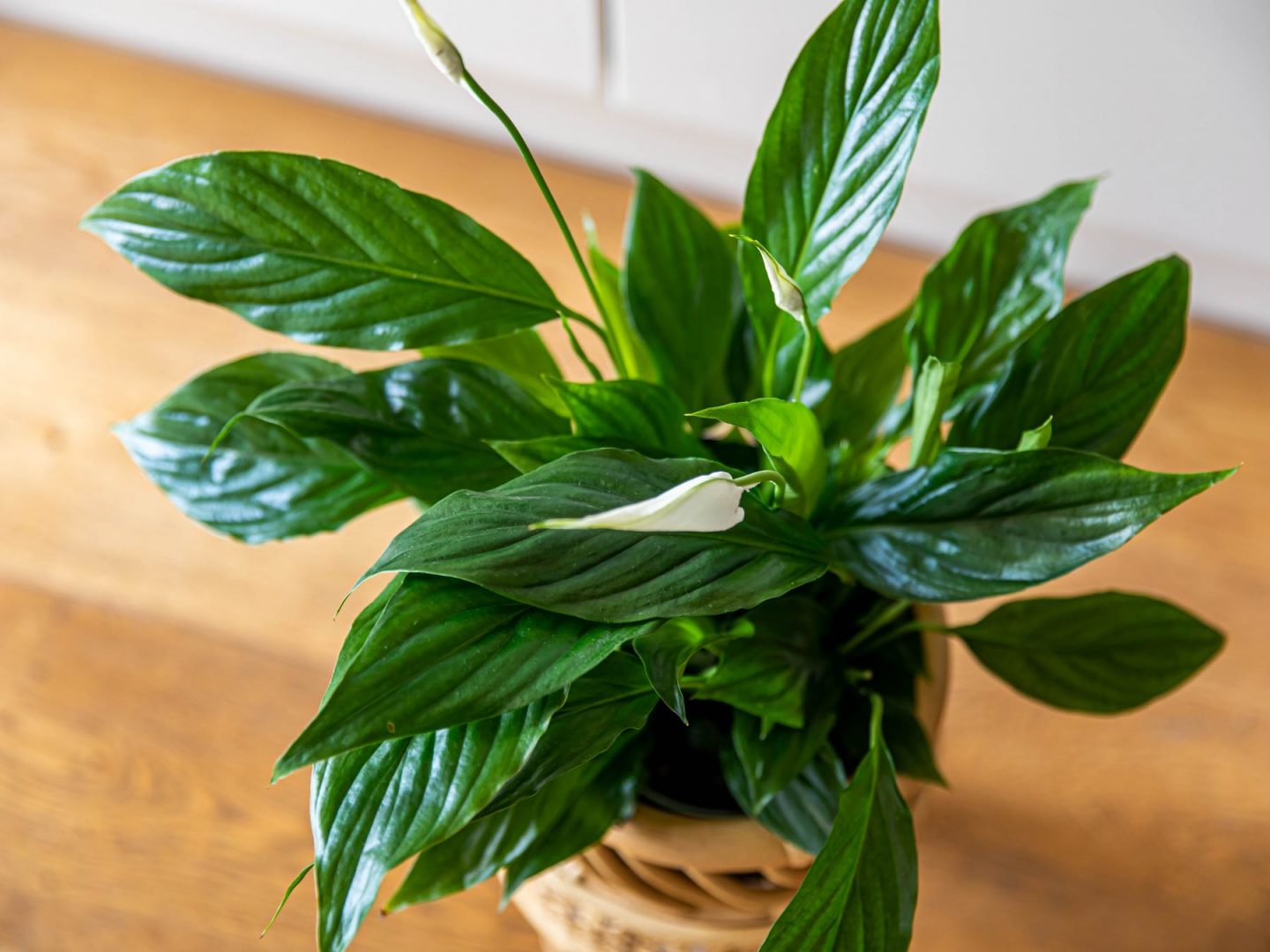
Sunlight: Peace Lilies can survive pretty well in low light/shade, but do best in filtered, indirect light.
Watering: As mentioned above, when severely underwatered, the leaves of the lilies will DROOP like you’ve never seen a plant DROOP before. You’ll probably assume it to be dead and think to chuck it away, but don’t! It’s not dead, it’s just playing dead to get your attention. Try and water the plant before it droops though – once a week should do it.
Humidity: They LOVE humidity! Try and mist peace lilies at least twice a week.
Can they be propagated: I wouldn’t try it. They are quite fussy when uprooted.
Safe for pets: VERY toxic for pets!
Philodendron
Philodendron plants are part of the Pothos family, and are one of my favourite plants due to how durable they are. They have large, glossy leaves, and can go ages without watering. They are also very pretty and can brighten up any room in the house.
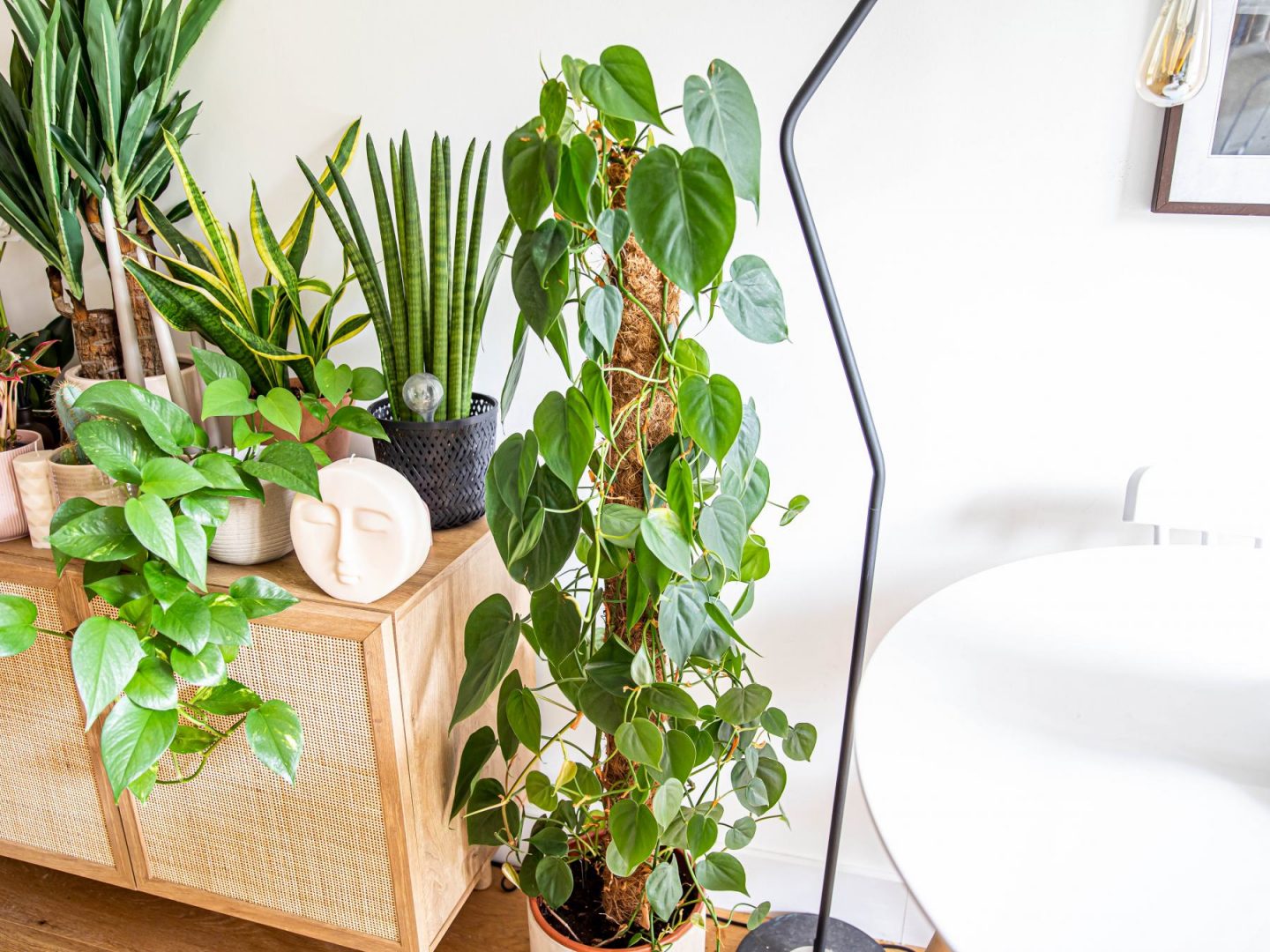
Sunlight: They love bright, indirect light!
Watering: Water when the top two inches of soil are dry – they can go a few weeks without watering. I feed mine every three weeks or so.
Humidity: Philodendrons LOVE humidity, so be sure to mist often, or place in a kitchen or bathroom (with lighting).
Can they be propagated: Indeed!
Safe for pets: They are toxic to pets.
ZZ Plant (Zamioculas Zamiifolia)
One of the most durable plants in the plant kingdom and my favourite! I bought mine in 2018 and it’s still going strong. This is known as a hybrid plant, as it’s part-cactus-part-succulent. The leaves are bright and glossy and can be an outdoor as well as an indoor plant.
Sunlight: They like medium to bright indirect light, but can also exist in low lighting.
Watering: Water your plant every 2-3 weeks, letting the soil dry out between waterings.
Humidity: Neither here nor there when it comes to humidity. They can tolerate most environments.
Can they be propagated: It’s hit and miss, but mostly no.
Safe for pets: They are toxic to pets.
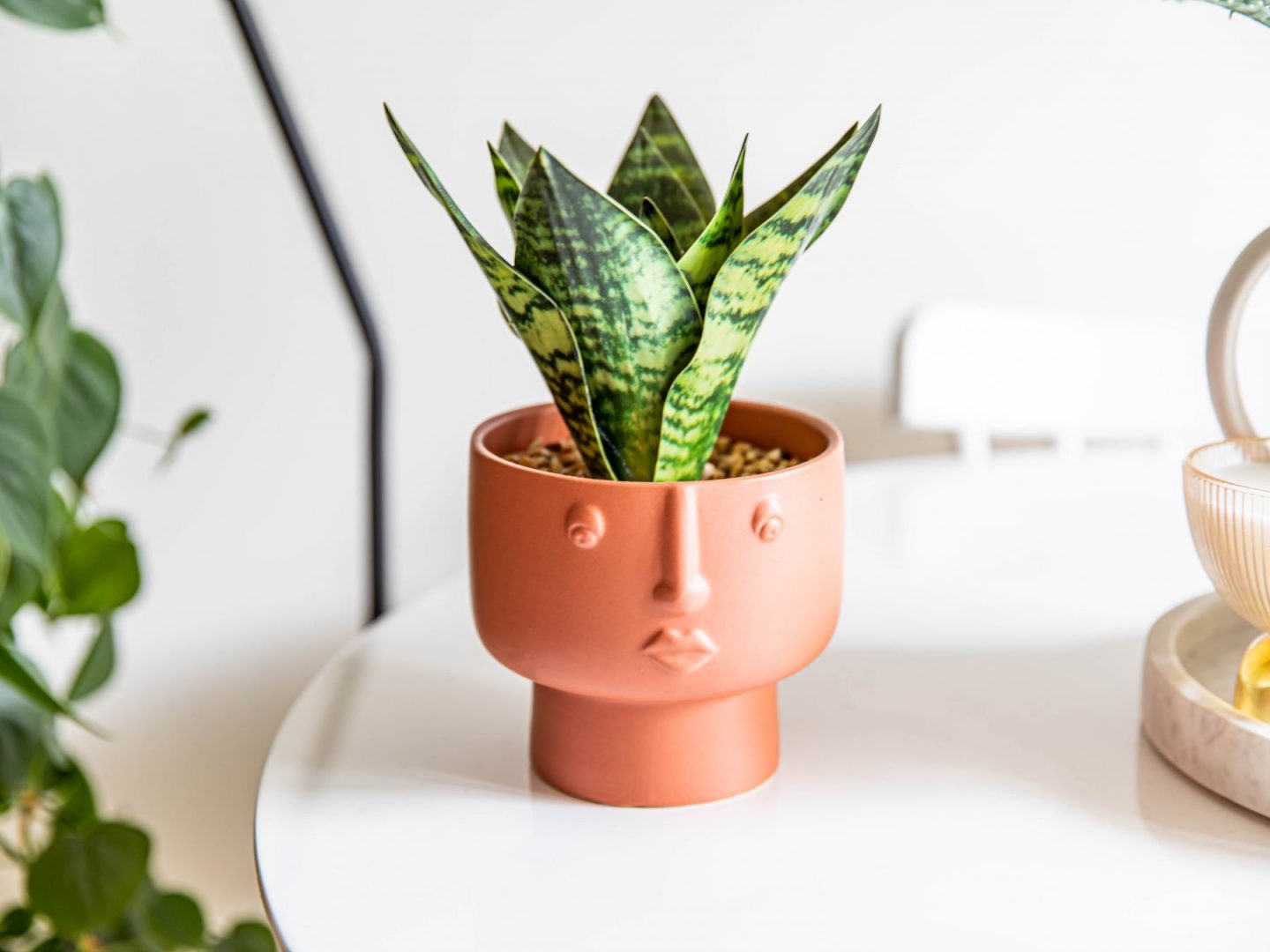
January 2, 2023
Steph
The 10 Best House Plants for Beginners.
